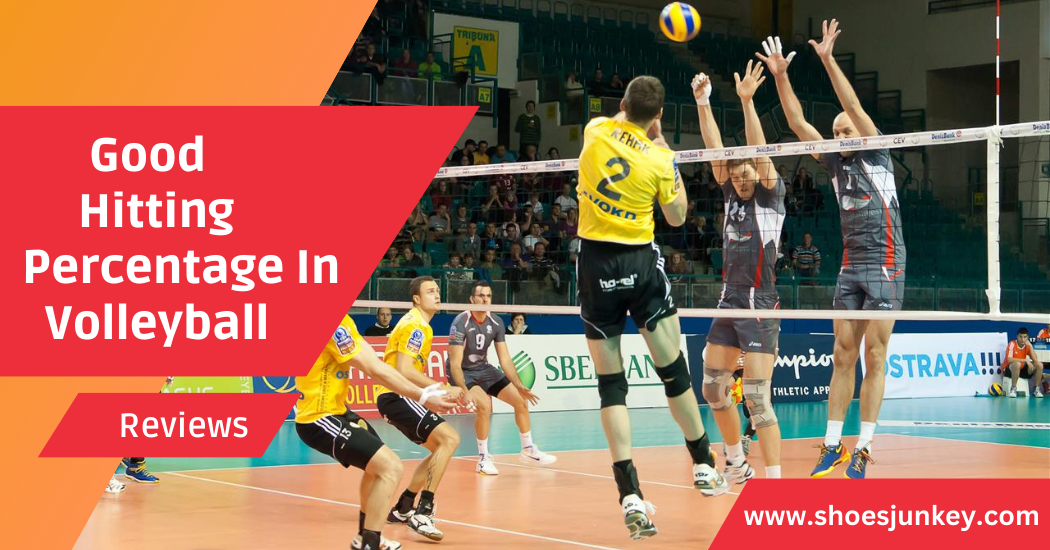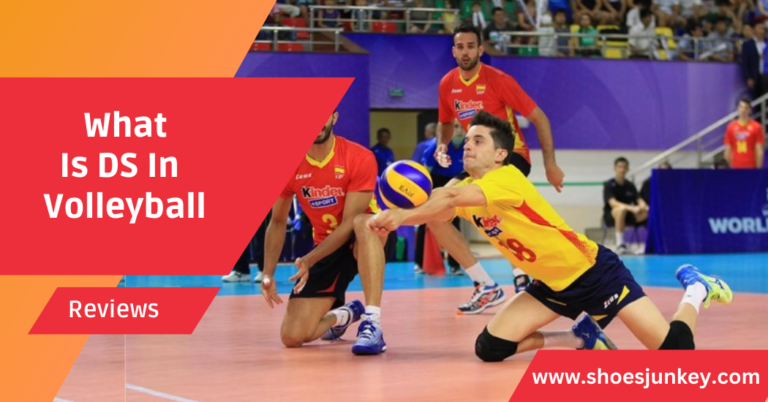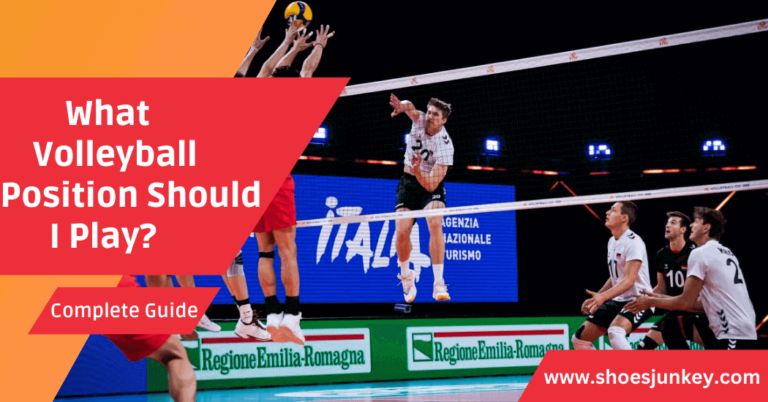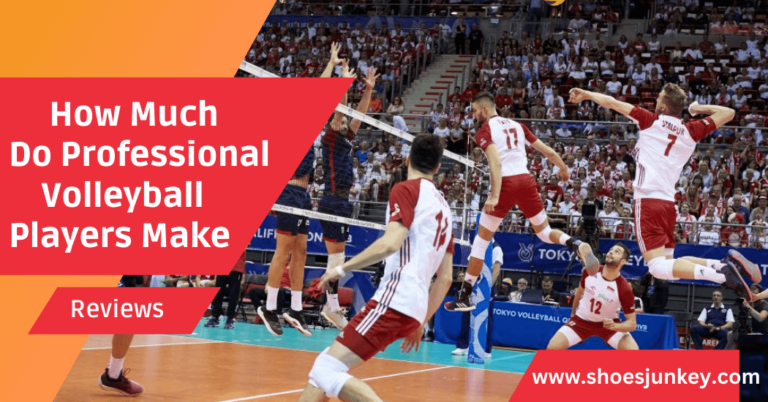What Is A Good Hitting Percentage In Volleyball?
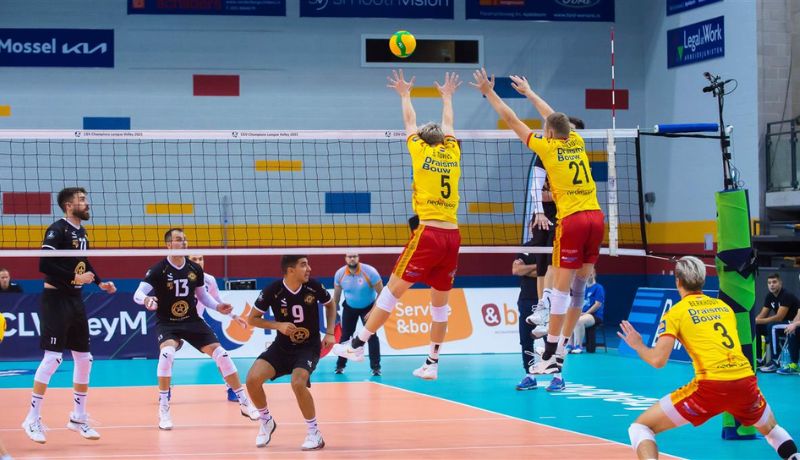
Are you a volleyball player who wants to pepper opponents with high-velocity volleys and powerful spikes? Do you aspire to lead your team in attack percentage and hitting accuracy? Knowing what an impressive hitting percentage looks like could be the key to pushing your game – and your team’s offense – to the next level.
In this blog post, we’ll look at what makes for a good hitting percentage in volleyball, as well as some practical tips on how to improve yours!
Understanding Hitting Percentage
Hitting percentage is defined as the ratio of successful attacks to the total number of attempts, expressed as a percentage. The components that make up a hitting percentage include successful kills and errors. A high hitting percentage is indicative of effective offensive contributions and fewer errors, whereas a lower percentage can reveal areas of weakness or inconsistency.
Factors Influencing Hitting Percentage
Several factors influence a hitter’s percentage:
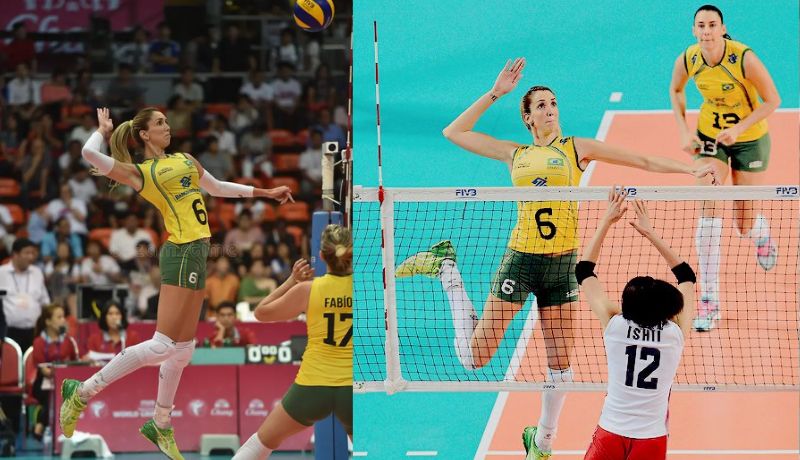
- Skill Level: The player’s experience and skill level significantly affect hitting percentage. An experienced player will likely have a higher hitting percentage due to their familiarity with the game’s mechanics and their developed techniques.
- Team Strategy: The team’s offensive strategy can also impact a player’s hitting percentage. If the team incorporates set plays that favor specific hitters, those players may have a higher hitting percentage.
- Opponent’s Defense: The strength and strategy of the opposing team’s defense can hinder or facilitate a higher hitting percentage. A strong defense might force more errors, lowering the hitting percentage.
- Set Quality: The accuracy and consistency of the set can affect a hitter’s percentage. A well-placed set can allow the hitter to attack more effectively, potentially leading to a higher hitting percentage.
- Physical Attributes: Finally, a player’s physical attributes such as height, strength and speed can influence their hitting percentage. Taller players may have an advantage in spiking the ball over the net and stronger, faster players might hit the ball harder and more accurately, leading to a higher hitting percentage.
A Good Hitting Percentage In Volleyball
A general benchmark for a good hitting percentage is around 30% or higher, although this can vary depending on the level of play and position. For example, outside hitters may have slightly lower percentages because they tend to take on more challenging attacks, while middle blockers and opposites often have higher percentages due to quick, well-timed attacks.
Additionally, hitting percentages will differ across amateur, collegiate and professional play, as higher-level athletes display increased skill and consistency.
Comparing Different Volleyball Positions
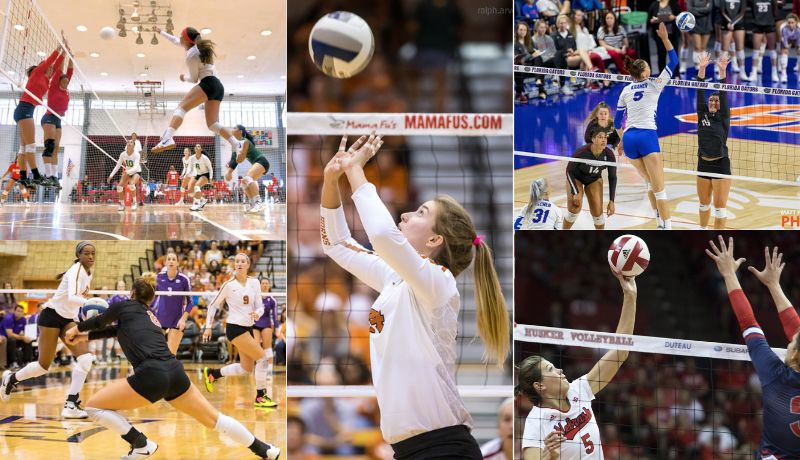
Hitting percentages differ among various positions:
- Outside Hitters: Generally, they face the toughest blocks and get a high volume of sets. They’re the workhorses of the team, so a hitting percentage above .200 is considered good for this position.
- Middle Blockers: With quick attacks and the element of surprise on their side, middle blockers often have the highest hitting percentages. A percentage around .300 or higher is considered excellent for middles.
- Opposite Hitters: As the primary counter-attackers, opposite hitters can be expected to have a hitting percentage above .200-.250.
- Setters: Normally, setters don’t attack frequently. But when they do, they can catch the defense off-guard. A hitting percentage isn’t usually calculated for setters.
- Liberos: As defensive specialists, liberos don’t attack, so they don’t have a hitting percentage.
Understanding this variability among positions can help players and coaches strategize more effectively and set realistic performance goals.
Limitations of Hitting Percentage as a Metric
While the hitting percentage is a valuable statistic in volleyball, it isn’t without its limitations.
Context of Playing
It does not account for the context of the play. For instance, a player might have a high hitting percentage but may only perform well when under minimal pressure or against weaker defenses.
Quality of the kill
Hitting percentage doesn’t consider the quality of the kill. A player can have a high percentage by always making safe shots, but these could be easily defended, resulting in less point gain for the team.
Comparing Players Positions
Lastly, hitting percentage can be misleading when comparing players of different positions, as some positions naturally have higher hitting percentages due to the nature of their role.
A comprehensive evaluation of a player’s performance should include other statistics like kill percentage, block stats and serve effectiveness in addition to the hitting percentage.
Strategies to Improve Hitting Percentage
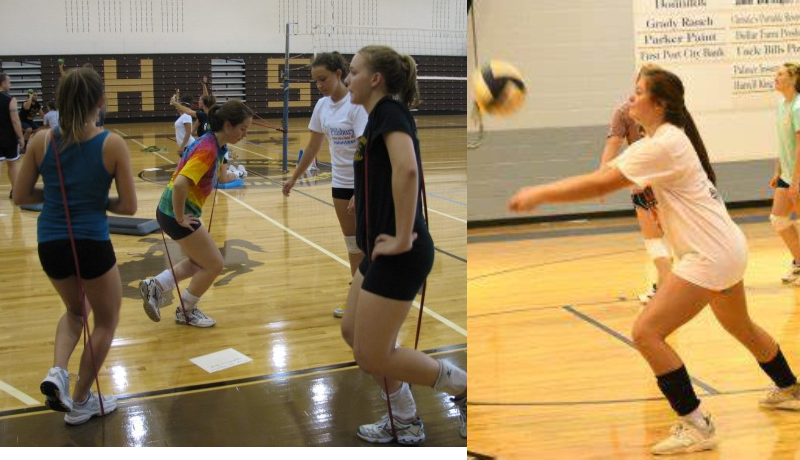
- Regular Practice: The key to improving your hitting percentage is constant practice. Regularly practicing your hits will help you perfect your techniques and improve your consistency.
- Concentration on Serve-Receive: A good serve-receive can lead to a well-organized attack, increasing the likelihood of successful hits.
- Work on Timing: The timing of your jump and swing is critical in hitting the ball effectively. Misjudging the timing often leads to errors, so focus on your coordination and timing skills.
- Improve your Strength and Speed: Engage in strength and agility training to enhance your power and speed. A faster, stronger swing can lead to more effective hits.
- Master Different Hits: Don’t limit yourself to one type of hit. Learning different hitting techniques (like the off-speed shot or line shot) can make you a more versatile player and increase your hitting percentage by keeping the defense guessing.
- Analyze and Learn from Mistakes: Keep track of your errors and understand why they happened. Learning from your mistakes is a great way to improve your hitting percentage over time.
- Work on Mental Toughness: Volleyball is as much a mental game as it is physical. Cultivating mental toughness can help you maintain a high hitting percentage even under pressure.
- Use Video Analysis: Analyzing your game footage can help you identify areas of weakness in your hitting techniques and strategize on how to improve them.
Wrap Up:
Learning that hitting percentage should not be viewed as a final score helps players remember the importance of other aspects of the game, such as defense and serve-receive. It heavily depends on the player’s skill level and abilities, as well as the team’s level of play. Some may consider a high hitting percentage to be greater than .300 percent or even .500 percent, while others may look at lower percentages which are above .200 percent or even in the teens.
A reliable way to track themselves and measure progress is to use data collecting capabilities and analytics tools. Ultimately, an efficient approach will boost your team’s performance, give players satisfaction and develop individual skill sets within each player. Try out these tips today and hit your own goals!

